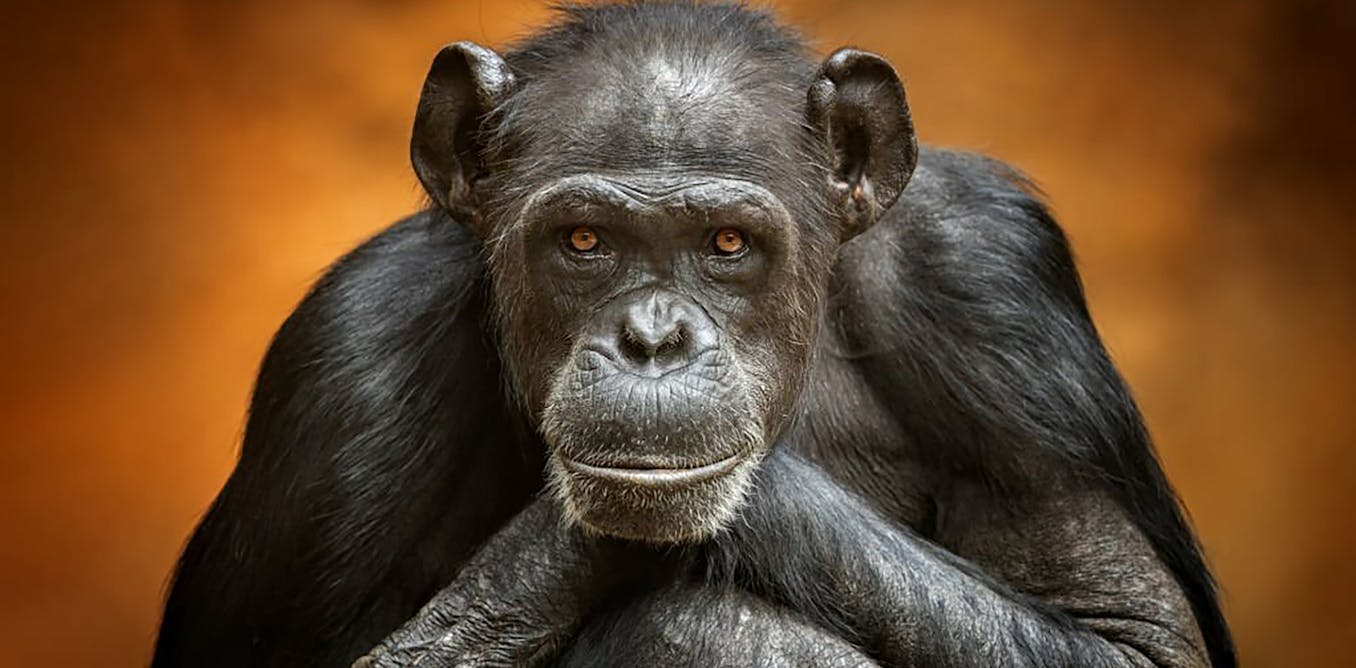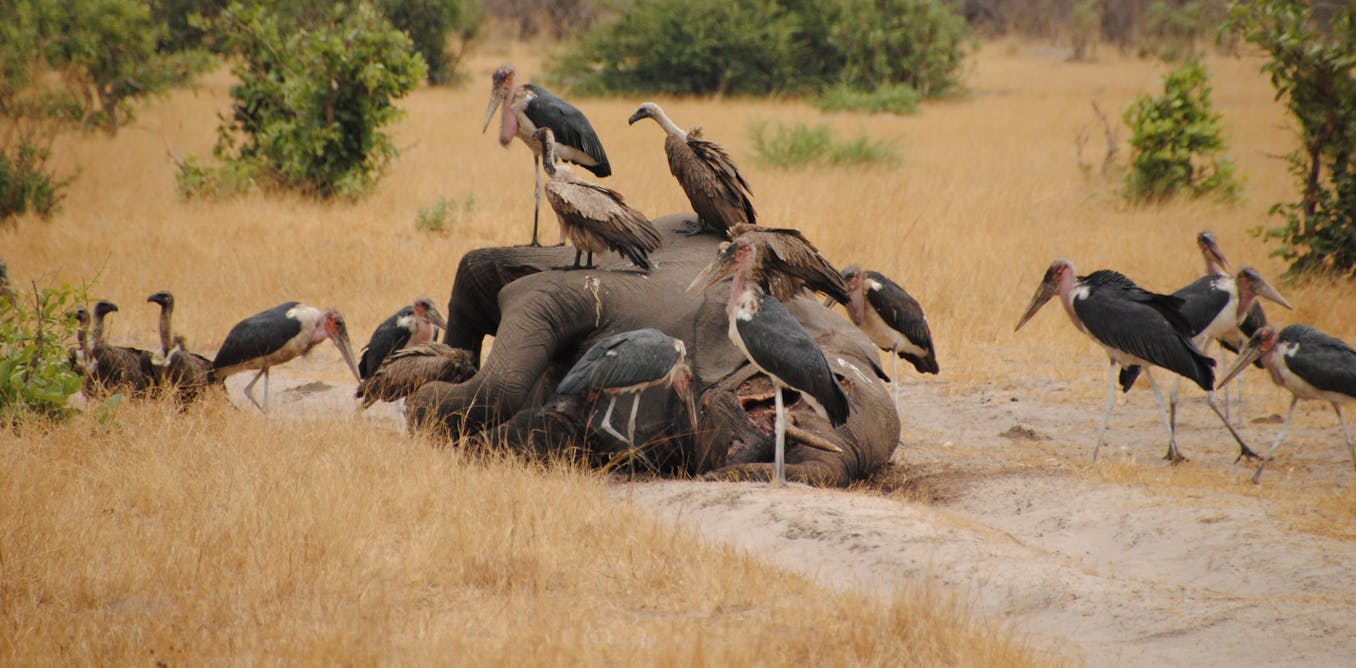Gazing at your dog can connect your brain with theirs, research shows
And some dogs have the same genetic mutation linked to autism in humans.
Oct. 10, 2024 • ~6 min
Gazing at your dog can connect your brains, research shows
And some dogs have the same genetic mutation linked to autism in humans.
Oct. 10, 2024 • ~6 min
Blue, green, gold: Why eyes of wild cats vary in color
Study traces iris diversity to gray-eyed ancestor
Oct. 2, 2024 • ~7 min
An idea with legs
Research suggests the scuttling sea robin may serve as evolutionary model for trait development, including in humans
Sept. 26, 2024 • ~7 min
Bees have irrational biases when choosing which flowers to feed on − just like human shoppers do
Context, perceptions and expectations affect the choices both bees and people make.
Sept. 26, 2024 • ~6 min
Sharks and rays leap out of the water for many reasons, including feeding, courtship and communication
Breaching is one of the most spectacular behaviors among marine animals. A recent review shows that many shark and ray species breach, and identifies the most commonly hypothesized reasons.
Sept. 23, 2024 • ~6 min
Rare Florida fossil finally ends debate about how porcupine jaws and tails evolved
Modern North American porcupines are at least twice the size of their southern cousins and have stronger jaws. But how long have they looked that way?
Sept. 20, 2024 • ~6 min
Antibacterial discovery: how scavengers avoid infection and what we can learn from them
You might expect scavengers such as vultures to have a diet high in dangerous bacteria. Our study investigated what defences these animals have to help them stay healthy.
Sept. 13, 2024 • ~8 min
/
58





